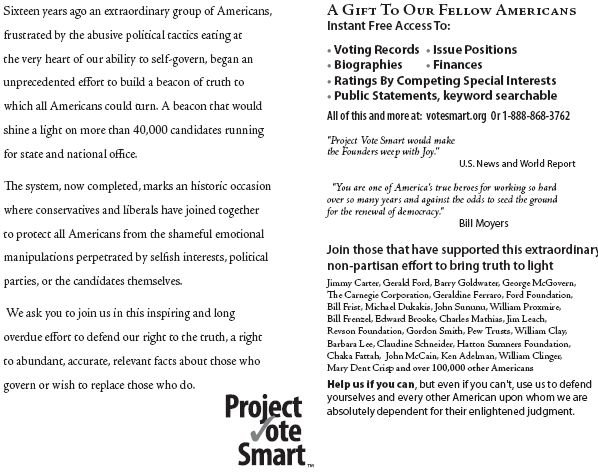Many observers blame the current financial crisis on a breakdown of private markets. A more careful look shows that government policy, step by step, led to the current crisis, says Randall G. Holcombe, an economics professor at Florida State University. Consider:
- Fannie Mae and Freddie Mac were created to help provide mortgages for people who didn't qualify for conventional mortgages; as government-sponsored enterprises (GSE), they rapidly grew to where their debt was nearly half the size of the federal government's debt.
- A related problem began with the Community Reinvestment Act (CRA) of 1977; if lenders wanted to expand their lending, they had to balance their loans to financially secure buyers with loans to buyers who did not meet the conventional mortgage criteria.
- A third factor was easy-money policy adopted by the Federal Reserve Bank early in the decade to mitigate the effects of an incipient recession exacerbated by the after-effects of the September 11, 2001 terrorist attacks; low rates meant lower-cost mortgages, further enabling people to buy houses, however, the increased demand pushed prices up, and many buyers wouldn't have qualified for mortgages except for the relaxed standards.
As long as interest rates remained low and housing prices rose, the problems were hidden, says Holcombe. But then from 2004 to 2006 the Fed boosted the Federal Funds rate to 5.25 percent, pushing up mortgage rates and bringing the artificial housing boom to an end.
So government policy, not the free market, created much of the current financial crisis, explains Holcombe. Market participants aren't blameless - nobody forced Wall Street's large investment banks to take big risks - but the conditions that have led to today's mess weren't a product of a free market but rather one warped by government meddling.
READ MORE













No comments:
Post a Comment